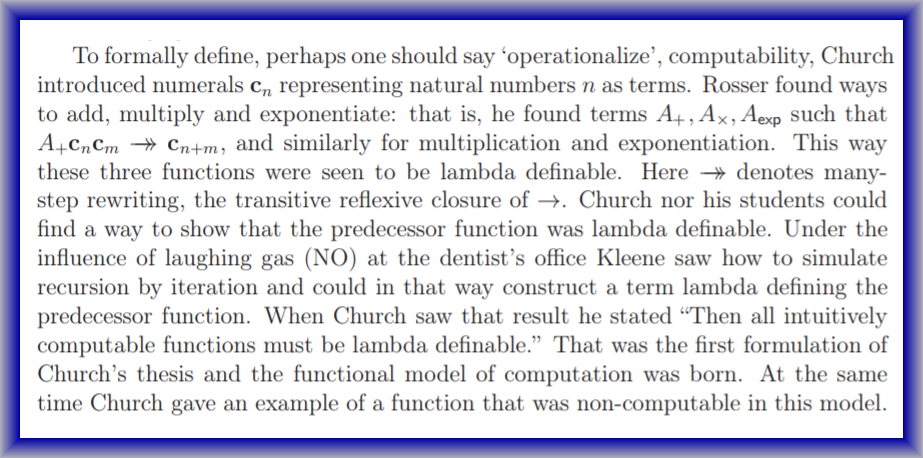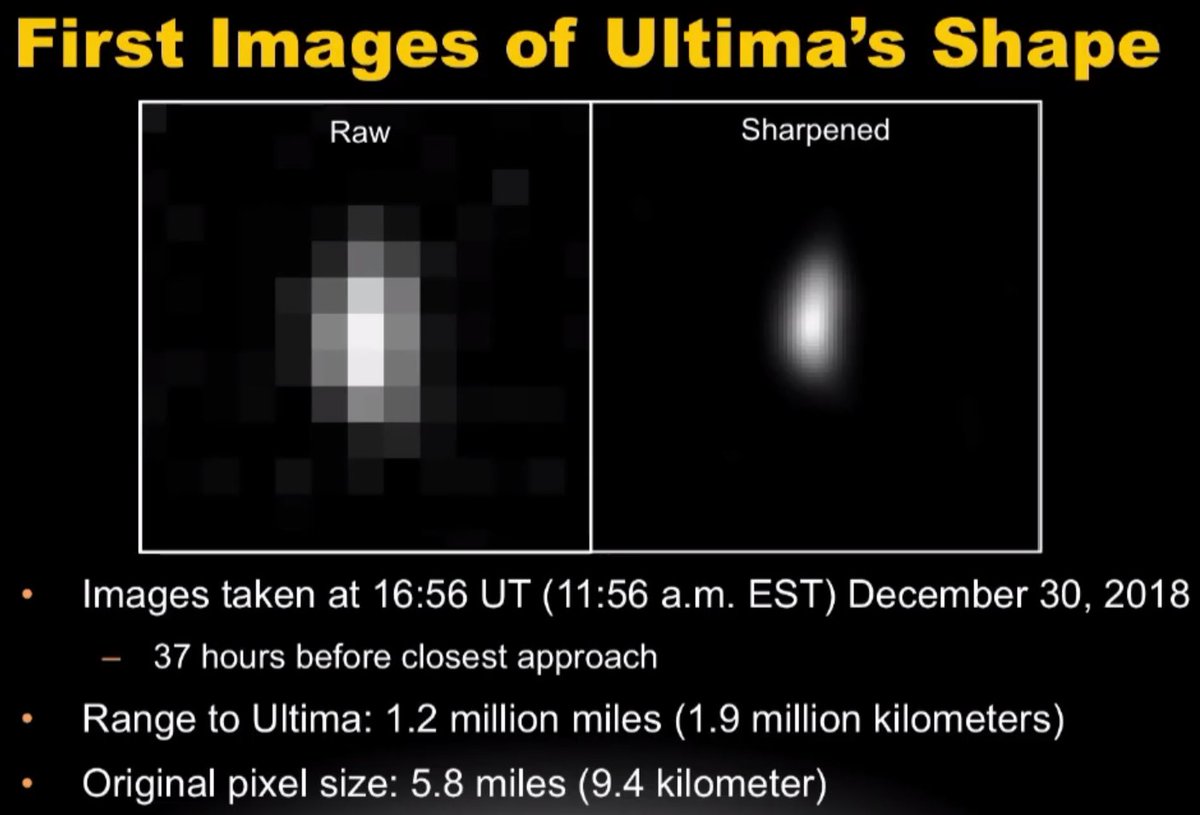
Logic can be counterintuitive. Take Peirce's law: if you can prove that \(P\) having any consequence would imply \(P\), then you can prove \(P\).
Peirce's law a far-out consequence of the law of excluded middle (also known as tertium non datur) and the law saying that a falsehood implies anything (also known as ex falso quodlibet). If you don't like Peirce's law, maybe you secretly don't like one of these other laws of classical logic!
Here's an example. Suppose your friend says "If working hard implies I'll get the job done, then I'll be working hard". According to Peirce's law, this implies he'll be working hard!
To understand this shocking consequence, follow the argument in the
box. Either your friend is working hard or not. If he is, then we're
done. If not, "working hard implies I'll get the job done" is true,
since a falsehood implies anything. So, the statement "If working
hard implies I'll get the job done, then I'll be working hard" is
equivalent to "I'll be working hard."
December 4, 2018

Logic is all about what implies what... so it's fun to think about 'implicational logic', where the only logical connective we get to use is 'implies'.
Three axioms are all we need! Peirce's law is the spice in the pudding.
Jan Łukasiewicz, the grandfather of 'reverse Polish notation', showed that we only need one axiom for implicational logic. But this one axiom is quite weird.
We can define 'or' using 'implies'—do you see how? But we cannot get 'and'. In category theory we can define a closed category to be one with a functor $$ \Rightarrow \colon C^{\textrm{op}} \times C \to C $$
and a morphism from \(p \Rightarrow q\) to \((r \Rightarrow p)
\Rightarrow (r \Rightarrow q)\) for any objects \(p, q, r\), obeying
some axioms. This is a categorical version of purely implicational
logic.
December 7, 2018
I just listened to some 'Piedmont blues'.
Though I grew up nearby, I hadn't known about the American plateau
called the Piedmont,
named after the Italian one, from the Latin 'foot of the mountains'.
Bounded on the west by the Blue Ridge Mountains, it's very old!
Geologists have identified at least five separate events which have led to sediment deposition in the Piedmont.
One is the 'Grenville orogeny' — the collision of continents that created the supercontinent Rodinia about 1 billion years ago! They're shown here:
The Piedmont was also formed in the 'Alleghanian oregeny', when the Appalachians rose — as tall as the Rocky Mountains! — around 300 million years ago, when Euramerica hit Gondwana and formed the supercontinent Pangaea.
So the Piedmont blues have deep geological roots!
You can describe the quaternion group using ribbon braids! Four ribbons that can twist or cross over each other let you describe \( \pm 1, \pm i, \pm j, \pm k\). Details here:

I'd never heard before that the Church-Turing thesis was born right after Kleene got dosed with laughing gas! This is from here:
However, there are a few problems with this story. First, laughing gas is nitrous oxide, N2O, not nitric oxide, NO. More importantly, this story is poised somewhere between fact and legend. For more, including another version of this story as told by Barendregt, go here:

Here's the first real image of Ultima Thule—no longer just a single pixel, it's now 18 pixels!
Soon New Horizons will swoop within 3500 kilometers of this trans-Neptunian object, and get a much better view of its ancient material, perhaps undisturbed for 4 billion years! You see, Ultima Thule lies in the "Kuiper belt", along with many other fragments from the original disk around the Sun that failed to fully coalesce into planets. It's a bit like the asteroid belt — but 20 times bigger across, 200 times more massive, and much older.

Neptune rules over the Kuiper Belt. At the inner edge we find Pluto and other plutinos, which lie in a 2:3 resonance with Neptune, going around twice while Neptune goes around thrice. Over 248 of these are known at present. At the outer edge we have the twotinos, which move in a 1:2 resonance with Neptune. Only 50 of these have been found so far, suggesting that this resonance is less stable than the 2:3 resonance.

Ultima Thule is in between! It's a classical Kuiper belt object, meaning it's not in resonance with Neptune and it doesn't have a highly eccentric orbit like Pluto. Such objects are also called 'cubewanos', since the first to be found was called QB1.
More specifically, Ultima Thule is a 'cold' Kuiper belt object, meaning it has an inclination of less than 5° and an almost circular orbit. It's believed that these objects were formed very early in the history of the Solar System and have been largely undisturbed ever since.